Environmental Engineering Reference
In-Depth Information
Figure 5.46. Spatiotemporal dynamics of a 101 oscillator array following the dy-
namics described by Eq. (
5.101
) with periodic boundary conditions. In each frame
the chain is horizontal and time increases upward. A well of the bistable potential
is shaded in black and the other in white. The three panels in the upper row corre-
spond to
D
=
0
.
5 and
s
gn
=
0
.
05
,
0
.
35, and 5, respectively (from left to right). The
lower panels refer to
D
=
5 and
s
gn
=
0
.
05
,
1, and 5, respectively. In all panels the
1078,
a
=
parameters are
a
=
2
.
1
.
4706,
A
=
1
.
3039,
f
=
0
.
1162.
Thus Fig.
5.45
shows that the spatial coupling favors the stochastic resonance.
However, the relation between the coupling strength
D
and the SNR is not monotonic.
In fact, when the coupling becomes very strong, the oscillators tend to behave as a
single oscillator and the dynamics exhibit the same stochastic resonance observable
for
N
1. In particular, the maximum of the SNR moves toward higher values of
D
as the number
N
of oscillators increases. Thus, if the noise intensity remains fixed and
the number of oscillators increases, the SNR decreases and the stochastic resonance
becomes weaker. Therefore, for a given noise intensity, the response of the system
is optimal for intermediate values of
N
. This relation between noise intensity and
system size was elucidated in detail by
Pikovsky et al.
(
2002
) for model (
5.101
).
Figure
5.46
shows the emergence of spatial coherence. For a given strength of the
spatial coupling, there is an optimal value of the noise intensity that maximizes the
SNR, thereby inducing stochastic resonance. Correspondingly, the chain of oscillators
exhibits a collective behavior, i.e., for adequate noise intensities and strength of the
spatial coupling, all oscillators move from a potential well to another in a synchronous
way. As noted in the case of stochastic resonance in zero-dimensional systems, the
spatial coherence weakens and patterns tend to disappear when the noise intensity is
reduced or increased with respect to the optimal value: In the former case, transitions
become irregular in both time and space, whereas, in the latter case, transitions are
continuously activated by the noise and the spatiotemporal pattern becomes random.
Marchesoni et al.
(
1996
) explained the enhancement of stochastic resonance in spa-
tially coupled systems as the result of the ability of the coupling to reduce the energy
=
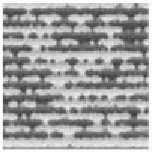
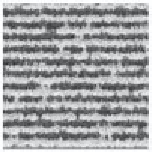
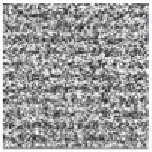
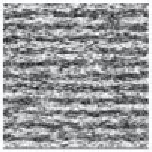
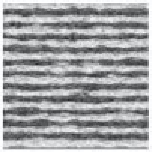


Search WWH ::

Custom Search